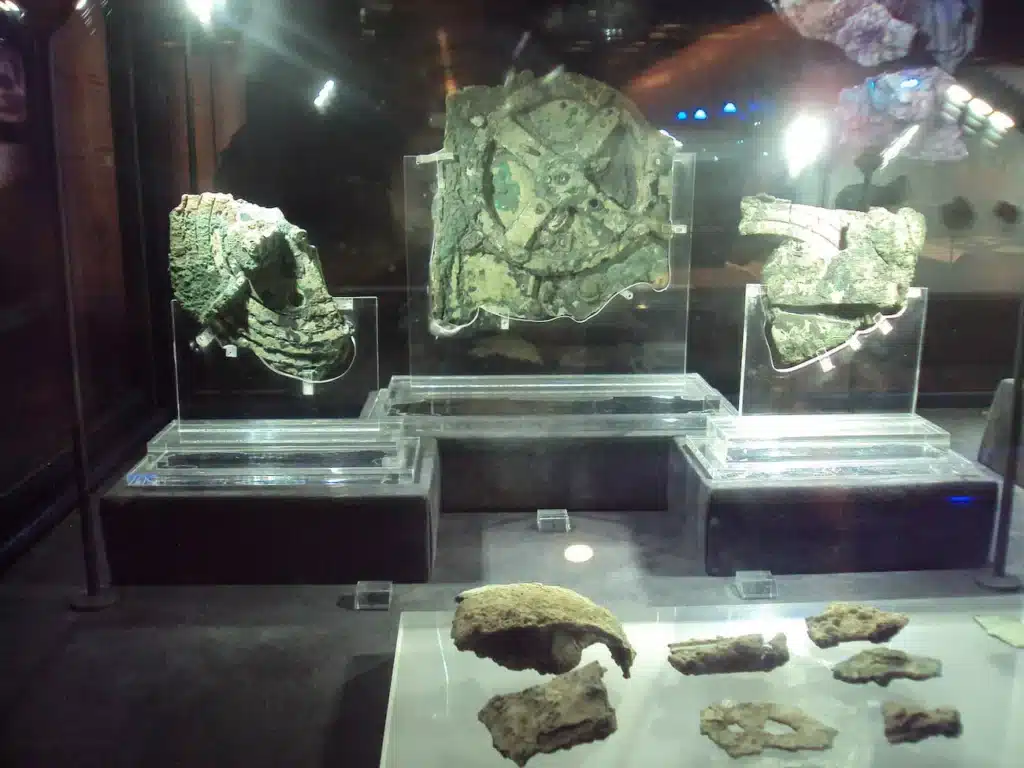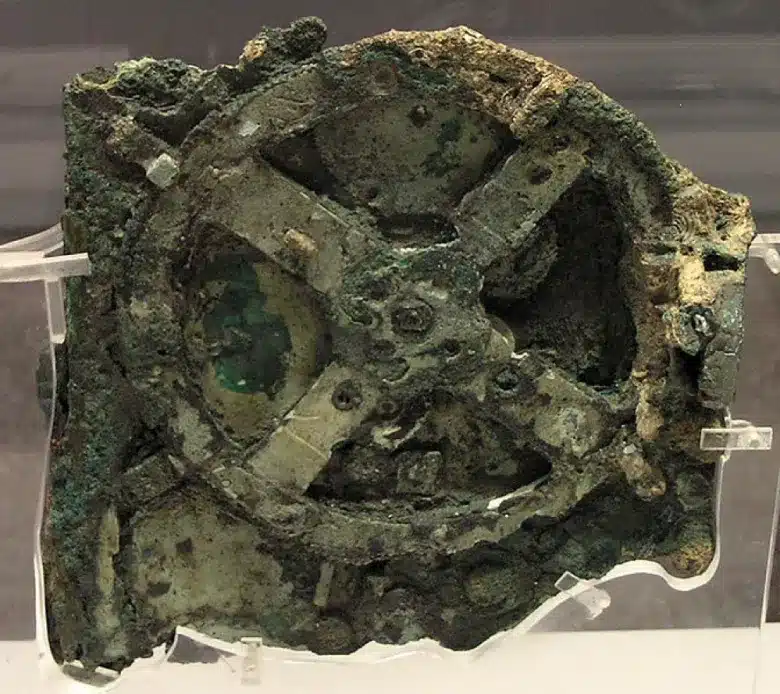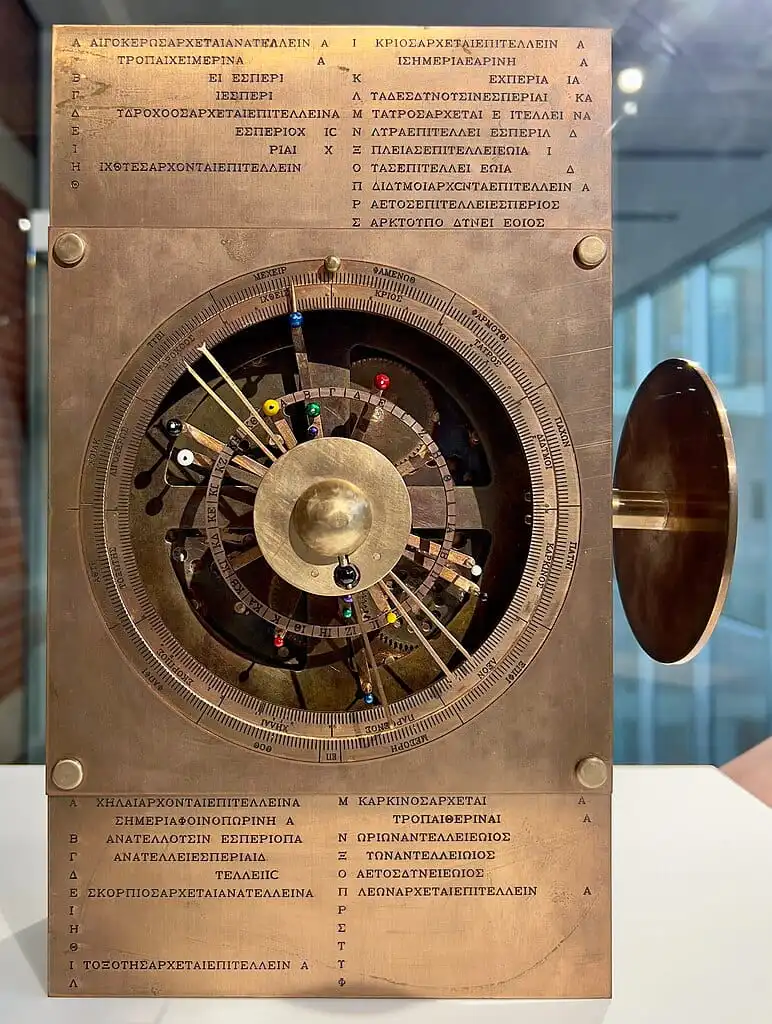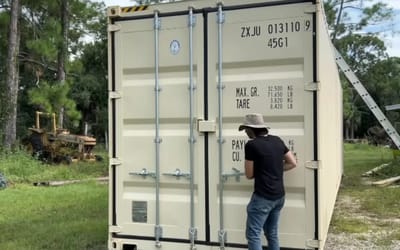YouTuber helped researchers solve the mystery of a 2,000-year-old ‘computer’
- A fragment of the 2,200-year-old Antikythera Mechanism was found on a shipwreck
- It’s believed to be the earliest surviving mechanical computing device
- Researchers were aided by a YouTuber to solve the mystery
Published on Jul 05, 2024 at 6:18 PM (UTC+4)
by Amelia Jean Hershman-Jones
Last updated on Jul 06, 2024 at 5:14 PM (UTC+4)
Edited by
Tom Wood
Help to solve the mystery of a 2,200-year-old ‘computer’ has come from an unlikely source – a YouTuber.
The Antikythera Mechanism is believed to be the earliest surviving mechanical computing device.
The content creator’s research into the device’s interlocking gears was crucial in discovering the truth behind this advanced and ancient artifact.
READ MORE! 2,400-year-old ‘world’s oldest’ shipwreck discovered intact a mile below sea level
Mystery of the Antikythera Mechanism

The remains were first discovered on a shipwreck by divers waiting out a storm near the Greek island of Antikythera in 1900 alongside three life-size marble horse statues, coins, jewellery, and other treasures.
Currently sitting in the National Archaeological Museum in Athens, Greece, The Antikythera mechanism is broken and eroded.
It’s about the size of a shoebox, shattered into six pieces and eroded from time spent underwater.
It’s so sophisticated that initially, there was confusion that it was – in actual fact – a modern device mixed in with the ancient artifacts.
Not having the entire artifact makes it difficult for scientists to ascertain exactly how it was used.

The bronze object was thought to have likely followed a Greek lunar calendar – the closest thing at the time to a computer.
In the second century BCE, its rings, evenly spaced holes, and interlocking gears would have been used to predict and chart future celestial events in the sky.
These include eclipses that, of course, recent events have proven continue to fascinate us today.
How many holes there were in the intact object holds the key to determining exactly how the computer functioned.
The investigation

While research was done into the device during the 1970s, x-ray images from 2005 gave researchers new details.
YouTuber and Antikythera researcher Chris Budiselic was fascinated by the mechanism and made his own version seven years ago – but wasn’t sure how many holes it needed because of the device’s worn condition.
Based on Budisic’s findings, University of Glasgow astronomers, including study author, Graham Woan, used statistical modeling techniques to find the answer.
“Our results indicated the ring likely had 354 holes,” he said.
Based on the number of holes, it was discovered that the device follows a lunar calendar instead of an Egyptian one.
Woan’s fellow researcher, Joseph Bayley, followed up the research by modifying techniques used to study gravitational waves, which are ripples in space-time.
His results matched with Woan’s – 354 to 355 holes in the ring is most likely.
These results were published in the peer-reviewed Horological Journal.
And it’s thought that it was capable of calculating planets’ positions incredibly accurately for the time.
“The precision of the holes’ positioning would have required highly accurate measurement techniques and an incredibly steady hand to punch them,” Bayley said in a statement from the university.
And it seems groundbreaking technology is helping us crack a plethora of ancient cold cases alongside this mystery – including how the Giza Pyramids were built.
What’s more, students used AI to decipher an ‘unreadable’ ancient Roman scroll for the first time ever.
DISCOVER SBX CARS: The global premium car auction platform powered by Supercar Blondie
All Supercar Blondie contributors undergo editorial review and fact-checking to ensure accuracy and authority in automotive journalism. After gaining her BA Hons in French and English at the University of Nottingham, Amelia embarked on a vocational diploma from the National Council for the Training of Journalists (NCTJ). This led to numerous opportunities, from interning at Vogue to being on the small team that launched Women’s Health magazine in the UK, which was named the PPA Consumer magazine of the year for three years running. As Health, Beauty and Fitness editor, Amelia personally received a Johnson & Johnson Award and was shortlisted for both PPA and BSME titles. Since then, Amelia has created content for numerous titles and brands, including the Telegraph, 111 Skin, Waitrose, Red magazine, Stylist, and Elle, as well as being Head of Content at Vitality and Editor in Chief at INLondon magazine. “My superpower is translating technical jargon about the mechanical workings of a supercar into a relatable story you’ll want to share with your friends after you’ve read it.” After joining the SB Media family as a senior journalist in September of 2023, Amelia’s role has evolved to see her heading up the SEO output of the editorial team. From researching the most ‘Google-able’ key terms to producing evergreen content - it’s been a time of hard work, growth, and success for the editorial team and the Supercar Blondie website. “I like to think of myself as a ‘method journalist’. In other words: I live and breathe whatever I am writing about. When writing about fitness, I trained as a personal trainer, and as a beauty editor, I completed an ‘expert’ in scent diploma with the Fragrance Foundation. “During my tenure at Supercar Blondie, however, I did something I never thought possible: I passed my driving test at the age of 36. One day I’d love to train as a mechanic to better understand what happens under the hood, too. “My sweet spot is providing readers with a ‘takeaway’ (read: something new they didn’t know before) after reading every one of my stories. While I don’t claim to be an expert in the automotive world, I know the experts and bodies in the field to rely on to provide our readers with an informative and thought-provoking story every time they visit the site.”




